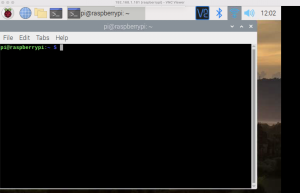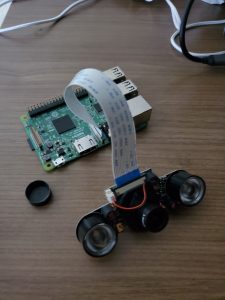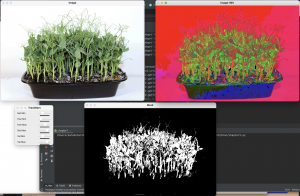This week, I went into deeper research on what environmental factors we need to consider for the growth of plants in a greenhouse. I specifically researched pea shoots. We took into consideration the feedback we got from our abstract and divided up work from the feedback, specifically I addressed the RealSense camera being too expensive and possibly not necessary for the scope of the project, clarification about whether we would be training ML models or implementing a CV application, and choosing plants that would be best for testing in the time frame we have. After thorough research, I found the pea shoot to work best for our project as it is ready to harvest as soon as 3 weeks, and if the pea shoot is successful we can look into including more quickly growing plants for our tests. We decided to go in the CV application direction by detecting growth stages and defects of plants based on plant color, size, and shape. We decided with using cheaper but still high quality cameras like the RPi IR-Cut Camera V2, which also has night vision. Below is a link of the progress we made this week to build our presentation, with each member’s research underneath their name.
https://docs.google.com/document/d/1Kj2HFveDk5Tp5_XJ2rWFR_U-8fiJ47mEStU7owtN7NU/edit?usp=sharing
After researching further from Monday, on Wednesday we began creating the proposal presentation. I worked on clarifying the use case in our introduction, the computer vision and live stream monitoring requirements points, the testing process, quantitative results we expect when working with pea shoots, technical challenges we may find in the computer vision application, and the tasks on my part. We met on Friday to check in with each other’s progress and to clear up any confusion about the proposal.
Currently, we are on schedule as our team just finished our proposal presentation slides and submitted it to Abha for critique. We are hoping Abha will get back to us about it tomorrow and before submitting the slides the group can meet one more time to practice the pitch.
Next week, we hope to start on the design documentation and receive more feedback from other TAs and professors. I also plan on getting familiar with OpenCV by messing around with the library on my computer locally, and researching more on cameras and boards that would suit the requirements of the CV application.



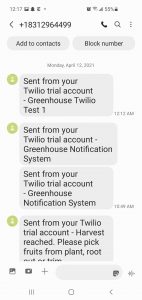
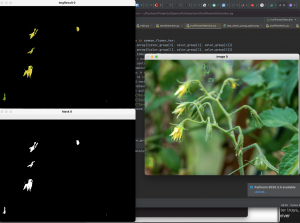
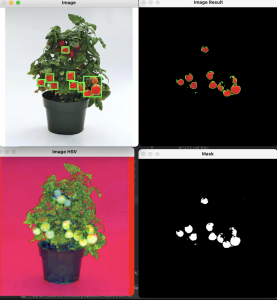
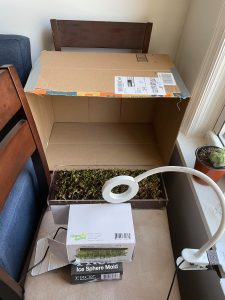
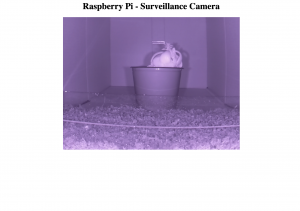 .
.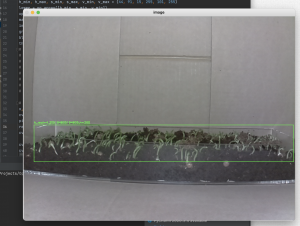
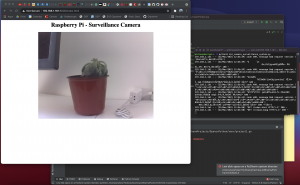 .
.